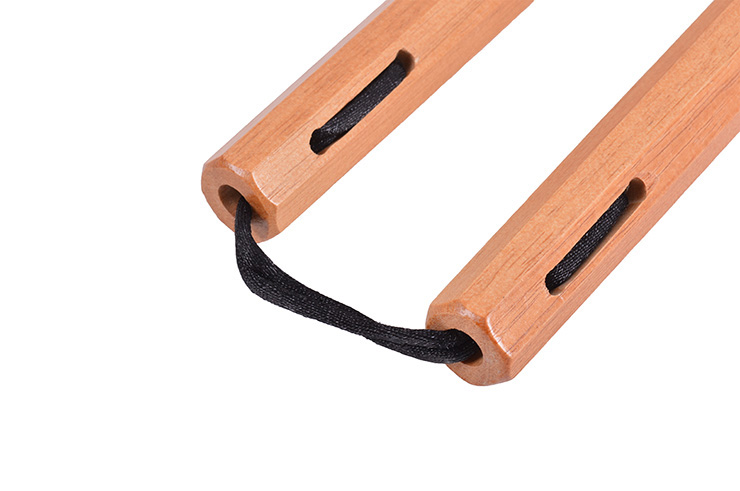

Many useful fibres have been obtained from various parts of plants including leaves, stems (bast fibres), fruits and seeds. By fibre isolation procedures mainly technical fibres are obtained, which means that cellulose fibres are multicellular structures with individual cells bound into fibre bundles. The procedure used influences fibres surface morphology. using bacteria and fungi, chemical and mechanical methods. For extraction of fibres different isolation procedures are possible, e.g. Therefore several non-traditional plants are being studied with the aim to isolate fibres from plant leaves or stems.Ī review of different conventional and non-conventional fibres is presented. Recently, the interest for renewable resources for fibres particularly of plant origin is increasing. Flax, hemp, jute, ramie, sisal and coir are mainly used for technical purposes. bast or stem fibres, which form fibrous bundles in the inner bark (phloem or bast) of stems of dicotyledenous plants, leaf fibres which run lengthwise through the leaves of monocotyledenous plants and fibres of seeds and fruits. Different cellulose fibres can be used for textile and technical applications, e.g. Natural cellulose fibres have successfully proven their qualities when also taking into account an ecological view of fibre materials. In addition to, manufacture, use and removal of traditional textile materials are now considered more critically because of increasing environmental consciousness and the demands of legislative authorities. Therefore non-standard methods are involved to determine physical properties of fibres. Besides, new fibre qualities are demanded to guaranty the modification efficiency. For preparing cellulose composite materials profound knowledge about fibres properties is needed.

Composites of cellulose fibres with nano-particles combine numerous advantageous properties of cellulose with functionality of inorganic particles, hence yielding new, intelligent materials.

A new approach to produce new materials is by nanotechnology, which offers a wide variety of possibilities for development of materials with improved properties. Main pathways for functionalizaton of fibres are: inclusion of functional additives (inorganic particles, polymers, organic compounds) chemical grafting of additives on the surface of fibres and coating of fibres with layers of functional coatings. There are numerous application possibilities of these modified materials. Recently natural and made-man polymer fibres are used for preparation of functionalised textiles to achieve smart and intelligent properties.


 0 kommentar(er)
0 kommentar(er)
